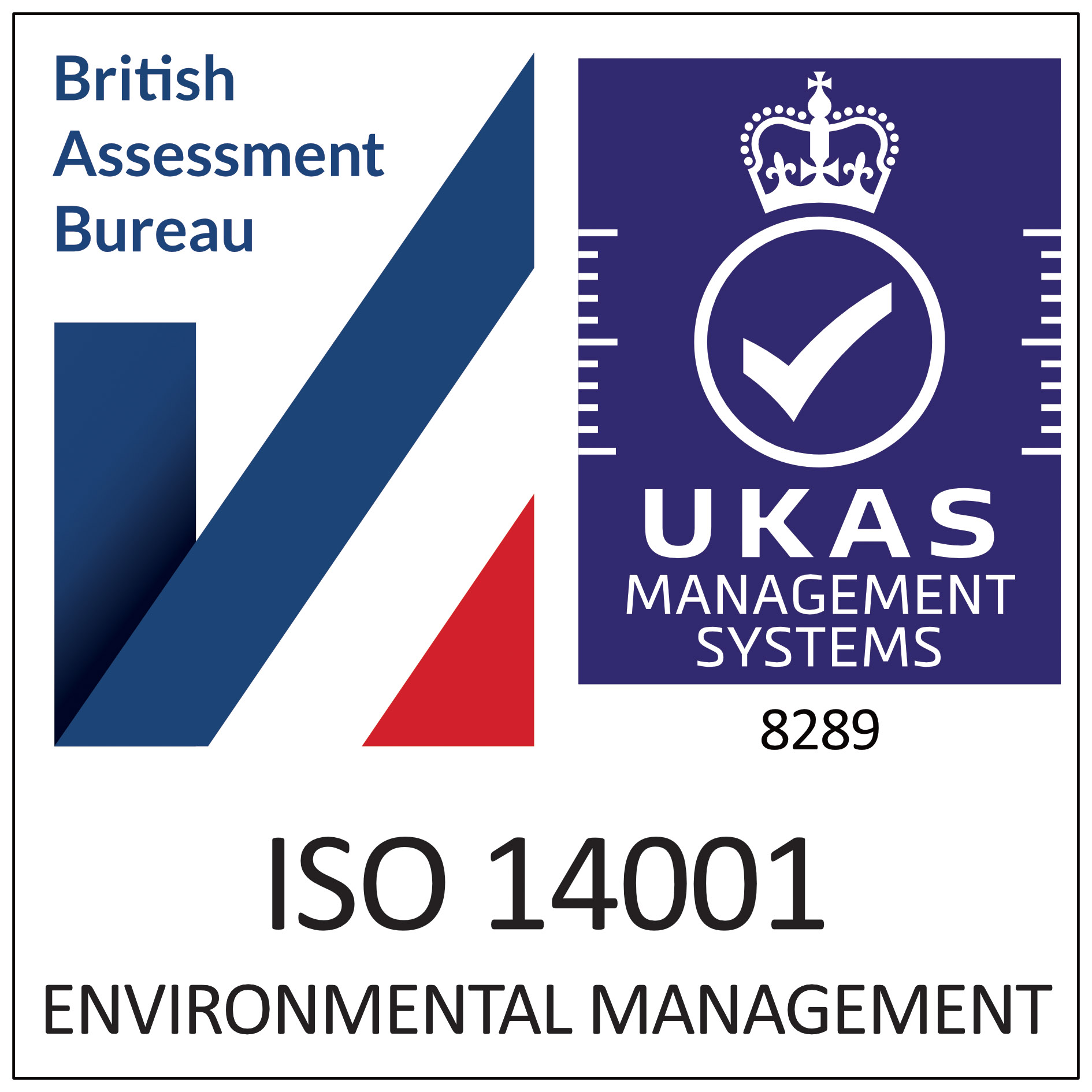Austenitic stainless steel derives its corrosion resistance from Chromium, Nickel and in some grades, Molybdenum.
Grade A2 (303 and 304 etc) - Contains 17–19.5% Chromium and 8–10.5% Nickel. The passive layer resists normal atmospheric corrosion in unpolluted rural areas but is susceptible to pitting and crevice corrosion in aggressive environments, such as industrial and coastal locations and may stain in polluted urban atmospheres.
Grade A4 (316) - Contains 16 – 18.5% Chromium, 10.5–14% Nickel, 2.5–3.0% Molybdenum. The molybdenum improves the resistance to pitting corrosion. This grade of stainless steel is suitable for long term use in the most aggressive conditions normally encountered i.e. industrial coastal and marine environments including total immersion in seawater. It has good resistance to pitting and crevice corrosion at normal temperatures.
Martensitic Stainless Steels (410 grade) are similar to low alloy or carbon steels. Due to the addition of carbon, they can be hardened and strengthened by heat treatment, in a similar way to carbon steels and are capable of drilling and self-tapping into steel reinforcement. They are classed as a "hard" ferro-magnetic group and are considered to have a fair relative resistance to corrosion among the common stainless steel fastener materials.
Rapierstar 400 series Stainless Steel fasteners benefit from a Magni coating that provides an additional level of corrosion protection inherent in Martensitic Stainless Steel, however, Rapierstar would not recommend the use of Martensitic Stainless Steel fasteners into aluminium.
 A significant proportion of fixings are inappropriately specified from the corrosion point of view. The consequences of poor specification range from unsightly staining to structural damage and costly repairs.
A significant proportion of fixings are inappropriately specified from the corrosion point of view. The consequences of poor specification range from unsightly staining to structural damage and costly repairs.





